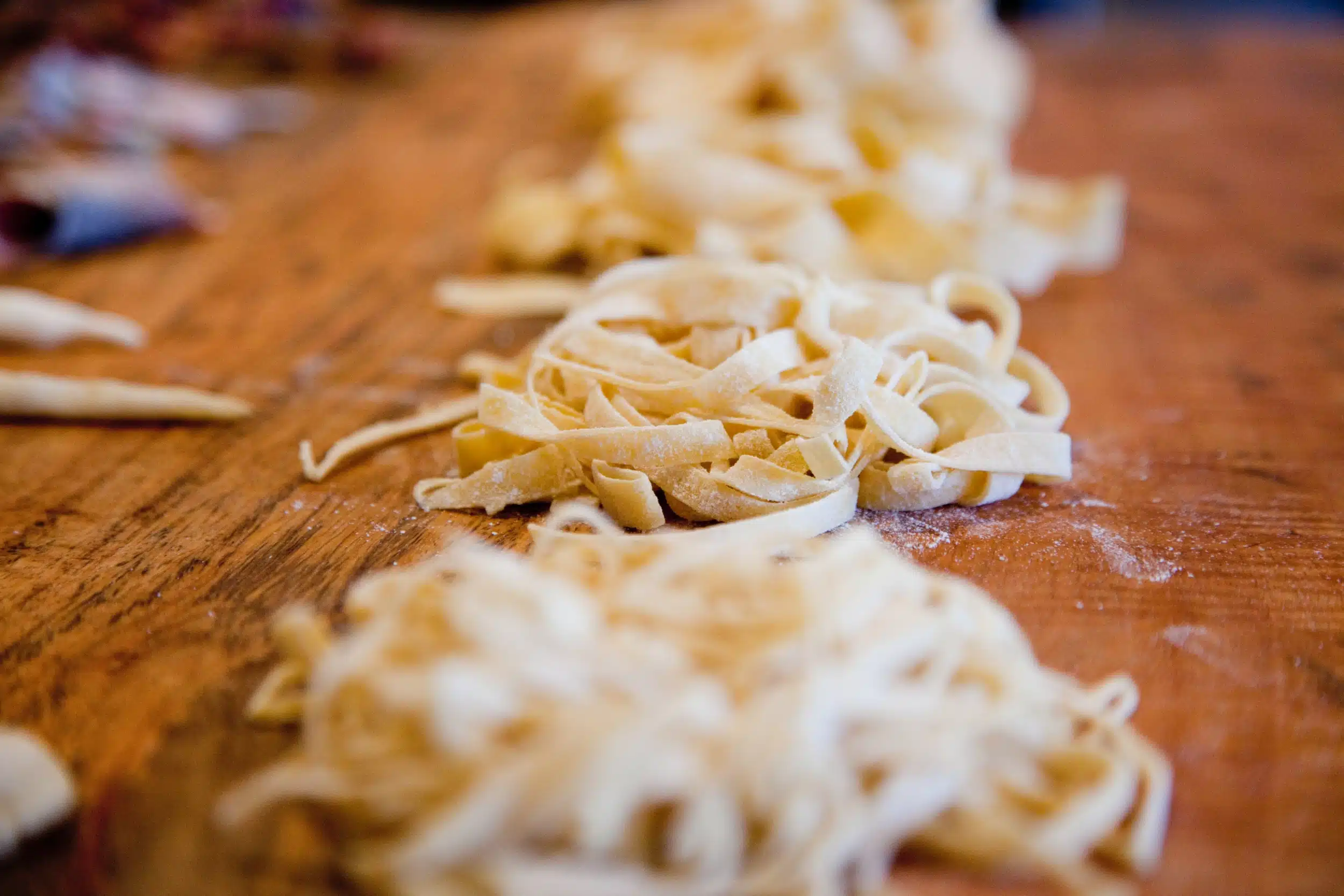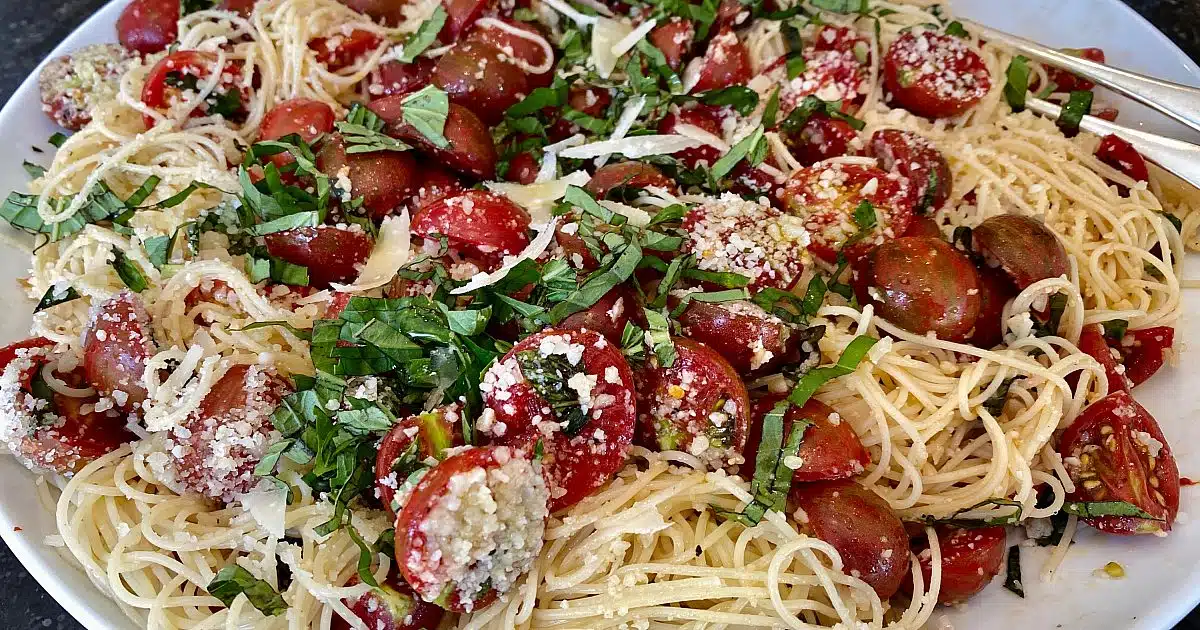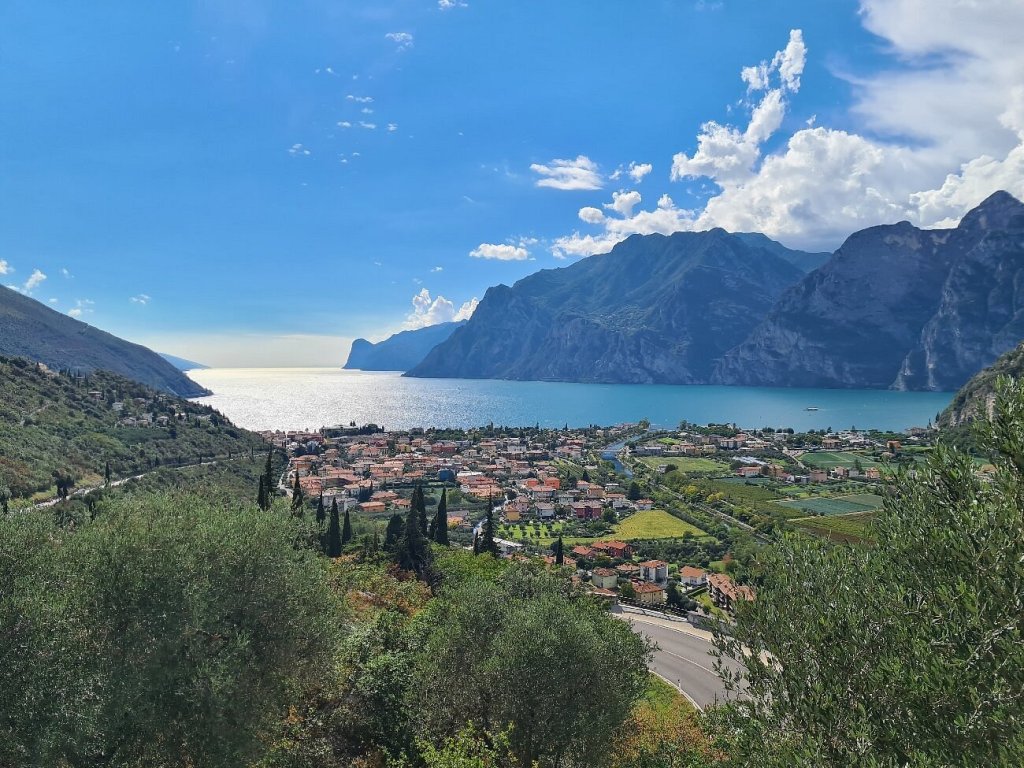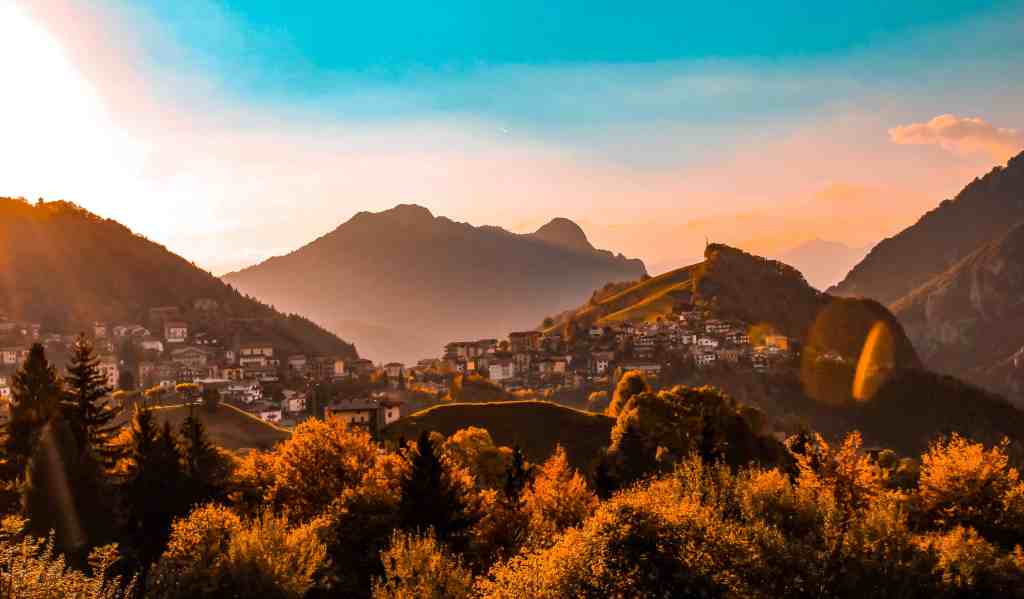Jardin des Pâtes is the perfect addition for a cozy diner after visiting Neuilly Sur Seine and the Pont de l’Alma in Paris!
Overview
ToggleWhat is the Jardin des Pâtes?
Jardin des Pâtes is a restaurant located in Paris, France, that specializes in handmade pasta dishes made with fresh ingredients. The restaurant has a cozy and welcoming atmosphere and offers a variety of tasty pasta dishes inspired by traditional Italian cuisine as well as modern twists on classic recipes.
Their menu includes healthy options for all dietary preferences, including vegetarian and gluten-free dishes. In addition to its delicious food, Jardin des Pâtes also offers a selection of wines and cocktails to complement your meal.
Overall, it’s a great spot to eat pasta and drink white wine. It’s an authentic and memorable dining experience in the heart of Paris.
Jardin des pâtes: What’s in a name?

The name “Jardin des Pâtes” translates to “Pasta Garden” in English, but the restaurant itself does not have an actual garden of vegetables or plants on the premises.
The “garden” in the name is more of a metaphorical reference to the freshness of the ingredients used in their pasta dishes and salads. The restaurant does have a lovely, cozy, and inviting ambiance, with tasteful decor that complements its Italian-inspired menu.
Where is the Jardin des pâtes located?
Jardin des Pâtes is located in the 9th arrondissement of Paris, France, at 11 Rue du Faubourg Montmartre, 75009.
How do I get to the Jardin des pâtes?
The best way to get to Jardin des Pâtes in Paris depends on where you are coming from. You can use public transportation, such as the metro or bus system, or take a taxi or ride-share service like Uber. Here are some directions based on popular starting points:
From the Eiffel Tower: Take Metro Line 6 to Place de la Madeleine, then transfer to Metro Line 9 and get off at Richelieu-Drouot. The restaurant is about a 5-minute walk from the station.
From Notre Dame Cathedral: Take Metro Line 4 to Strasbourg-Saint-Denis, then transfer to Metro Line 9 and get off at Richelieu-Drouot. The restaurant is about a 5-minute walk from the station.
From Charles de Gaulle Airport: Take the RER B train to Gare du Nord, then transfer to Metro Line 4 and get off at Strasbourg-Saint-Denis. From there, transfer to Metro Line 9 and get off at Richelieu-Drouot. The restaurant is about a 5-minute walk from the station.
Alternatively, you can use a mapping application like Google Maps or Citymapper to plan your route and get detailed directions based on your starting location.
How big is the Jardin des pâtes?
Jardin des Pâtes is a cozy and intimate restaurant with limited seating. The small establishment can accommodate up to 30 to 40 guests at a time. The restaurant’s ambiance is warm and inviting, providing a welcoming atmosphere for diners to enjoy eating their meals.
Typical dishes in Jardin des pâtes
Jardin des pâtes is famous for its different types of pasta. Below are our favorites:
- Rice Pasta: Made from rice flour and water, rice pasta is a popular choice for those with gluten intolerance as it’s naturally gluten-free. It has a slight chewiness and absorbs sauces well. It’s commonly used in Asian cuisines like Vietnamese and Thai.
- Rye Pasta: Rye pasta is made from rye flour, which gives it a distinct, slightly sweet, and nutty flavor. It’s higher in fiber than regular pasta and can be a healthier choice. However, it does contain gluten, so it’s not suitable for those with celiac disease or gluten sensitivity.
- Barley Pasta: Made from barley flour, this type of pasta is rich in fiber and nutrients. It has a slightly nutty flavor and a chewy texture. The high fiber content can help control blood sugar levels, making it a good choice for people with diabetes.
- Chestnut Pasta: This is a unique type of pasta made with chestnut flour. It has a rich, sweet, and nutty flavor that pairs well with hearty sauces. Chestnut pasta is also gluten-free, making it a great alternative for those who can’t have traditional wheat pasta.
What is the best time of year to visit the Jardin des pâtes?
Jardin des Pâtes is an indoor restaurant, so it can be visited year-round regardless of the weather outside.
However, the best time to visit the restaurant would depend on your personal preferences and travel plans. Paris is known for its mild spring and fall weather, which might make those seasons a pleasant time to explore the city and enjoy a meal at Jardin des Pâtes.
The summer months can be busy with tourists, but they offer long days and warm weather for outdoor activities. Winter in Paris can be chilly, but it’s also a festive time with holiday markets and decorations throughout the city. Ultimately, the best time to visit Jardin des Pâtes would, of course, depend on your schedule and what you hope to experience in Paris during your trip.
What else is there to do near the Jardin des pâtes?
Jardin des Pâtes is located in a vibrant and bustling area of Paris, with plenty of attractions and activities nearby.
Here are just a few ideas for things to do near the restaurant:
- Visit the Galeries Lafayette department store, which is only a 10-minute walk away. This iconic Parisian shopping destination has beautiful architecture and a range of luxury and designer brands.
- Explore the Opéra Garnier, a stunning opera house that’s less than a 15-minute walk from Jardin des Pâtes. You can take a guided tour or attend a performance.
- Check out the Musée Grévin, a wax museum where you can pose for photos with lifelike celebrity figures. It’s about a 20-minute walk from the restaurant.
- Wander through the Palais-Royal Gardens, a peaceful oasis in the heart of the city. The gardens are about a 10-minute walk from the Jardin des Pâtes.
- Take a stroll through the trendy neighborhood of Montmartre, which is only a 20-minute walk from the restaurant. This artistic and bohemian area has winding streets, charming cafes, and spectacular views from the top of the hill.
What are the hours of the Jardin des pâtes?
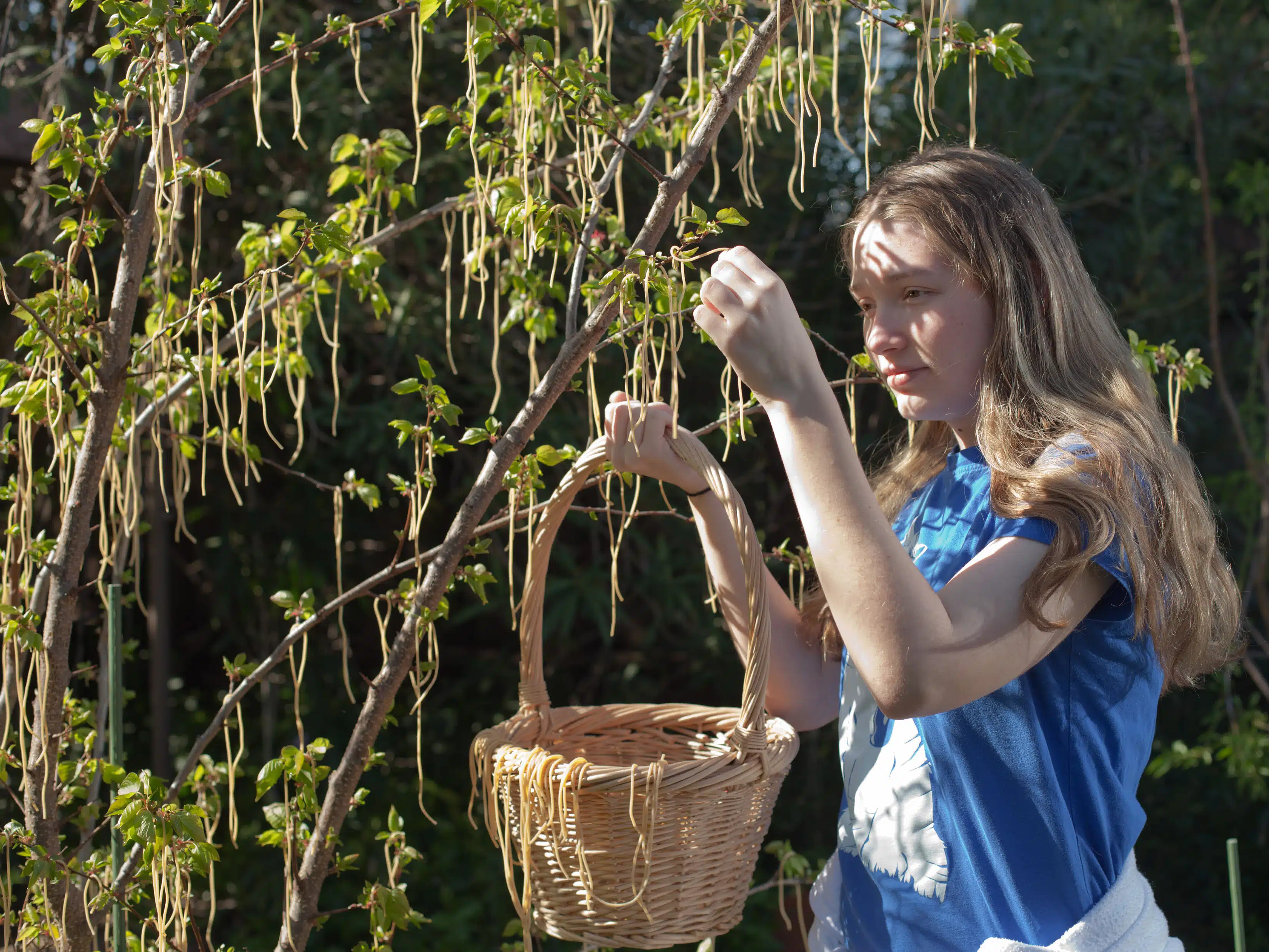
Jardin des Pates is typically open every evening and day of the week, but their hours of operation may vary depending on the day. Here are the general hours for Jardin des Pâtes:
Monday to Saturday: 12 PM – 3 PM, 7:30 PM – 10 PM
Sunday: Closed
It’s always a good idea to check the restaurant’s website or social media pages for any updates or changes to their hours. Additionally, you may want to make a reservation in advance, as the restaurant can be quite popular and seating is limited.
Are there any restaurants in the Jardin des pâtes?
Jardin des Pâtes is a restaurant itself, serving a delicious selection of both fresh vegetables and homemade pasta dishes. The restaurant also has a nice selection of Italian wines that pair well with their menu items. However, there are no other restaurants located inside Jardin des Pâtes, as it is a standalone establishment.





